Basics of Program Evaluation and Review Technique (PERT)
Watch videoComments
PERT is the technique used to find project completion time of “variable activities”. In PERT, the time is combination of three different time estimations. Following are the three different time estimation:
- The optimistic time estimate (to): The minimum time required for the completion of the activity as per the predetermined condition.
- The pessimistic time estimate (tp): The maximum time that activity will take under worst condition.
- The most likely time estimate (tm): The time an activity will take if executed under normal condition.
Important terms in PERT analysis:
- Expected time or average time (te): Since there are three time values available in PERT, average time is to be calculate by following formula:
- Variance (V): Variance is given by following formula:
- Standard Deviation (): Standard deviation is square root of summation of variance of critical activities. It is given by following formula:
- Probability of completion of project (z): It is calculated in order to estimate that how many percentages are the chances of completion of project in certain time or given time (t). Let, tcp be the time of completion of project on critical path and t is any certain time or given time, then probability of completion of project in that given time t, is given by:
Suggested Notes:
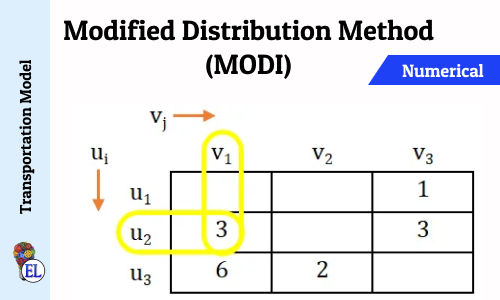
Modified Distribution Method (MODI) | Transportation Problem | Transportation Model
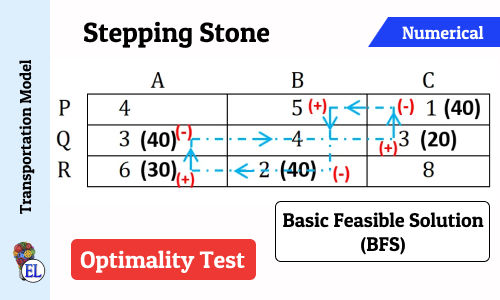
Stepping Stone | Transportation Problem | Transportation Model

Vogel’s Approximation Method (VAM) | Method to Solve Transportation Problem | Transportation Model
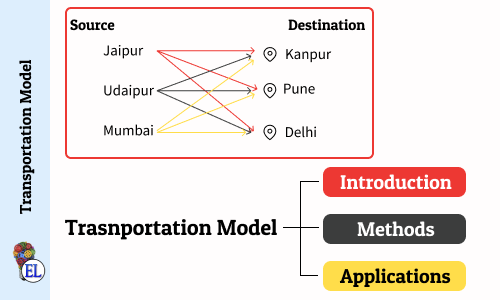
Transportation Model - Introduction
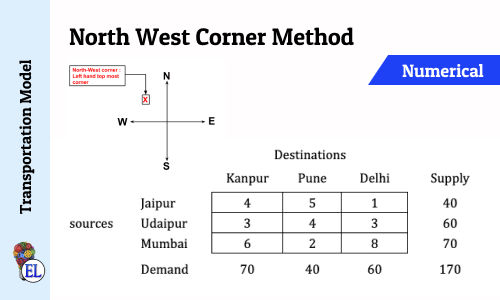
North West Corner Method | Method to Solve Transportation Problem | Transportation Model
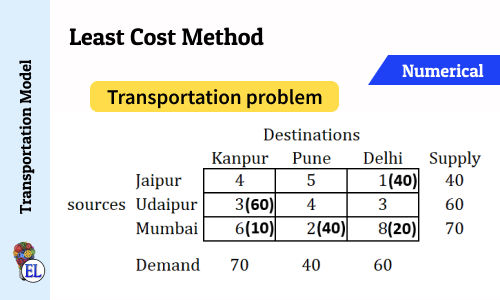
Least Cost Method | Method to Solve Transportation Problem | Transportation Model
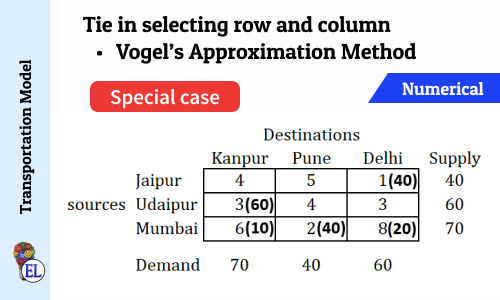
Tie in selecting row and column (Vogel's Approximation Method - VAM) | Numerical | Solving Transportation Problem | Transportation Model
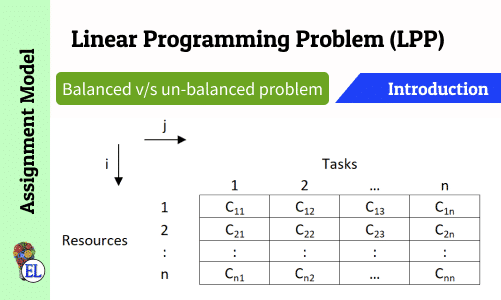
Assignment Model | Linear Programming Problem (LPP) | Introduction
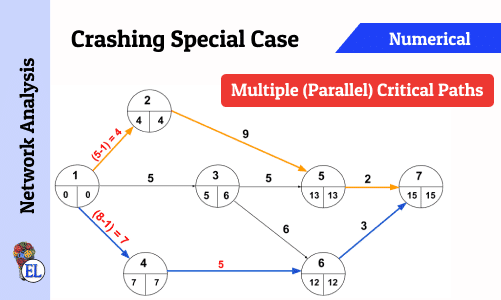
Crashing Special Case - Multiple (Parallel) Critical Paths

Crashing Special Case - Indirect cost less than Crash Cost
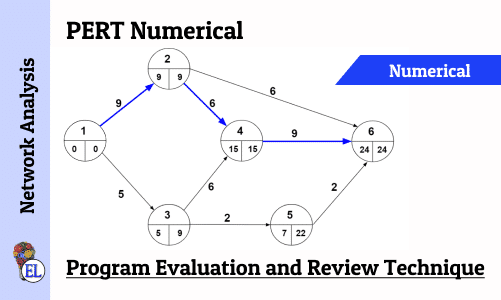
Numerical on PERT (Program Evaluation and Review Technique)
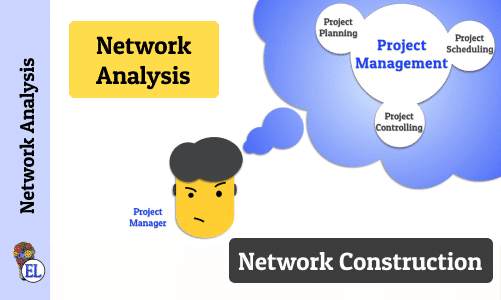
Network Analysis - Dealing with Network Construction Basics
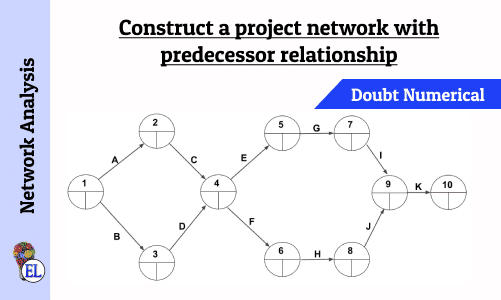
Construct a project network with predecessor relationship | Operation Research | Numerical
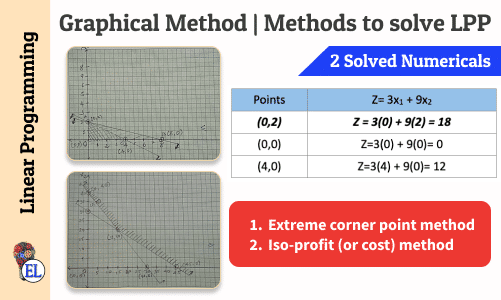
Graphical Method | Methods to solve LPP | Linear Programming
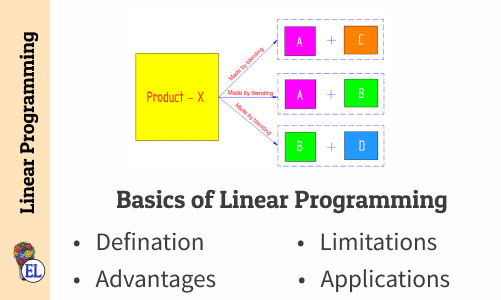
Basics of Linear Programming
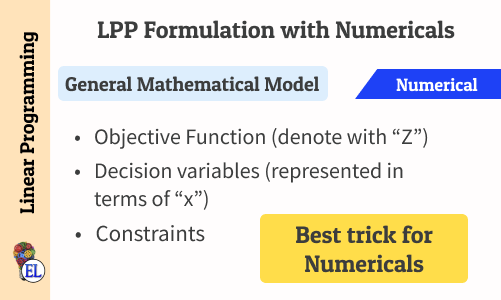
Linear Programming Problem (LPP) Formulation with Numericals

Comments:
All comments that you add will await moderation. We'll publish all comments that are topic related, and adhere to our Code of Conduct.
Want to tell us something privately? Contact Us
Post comment